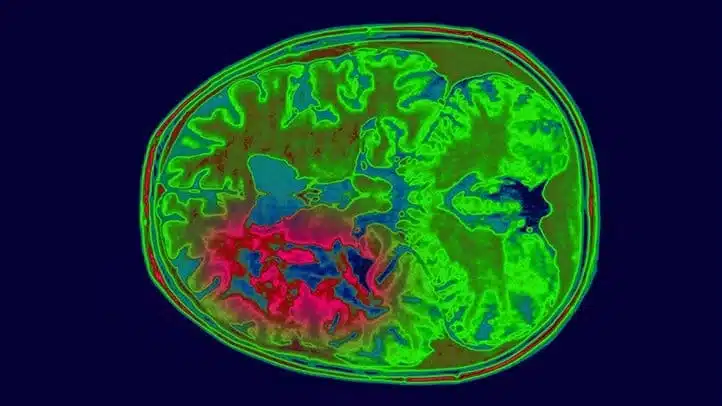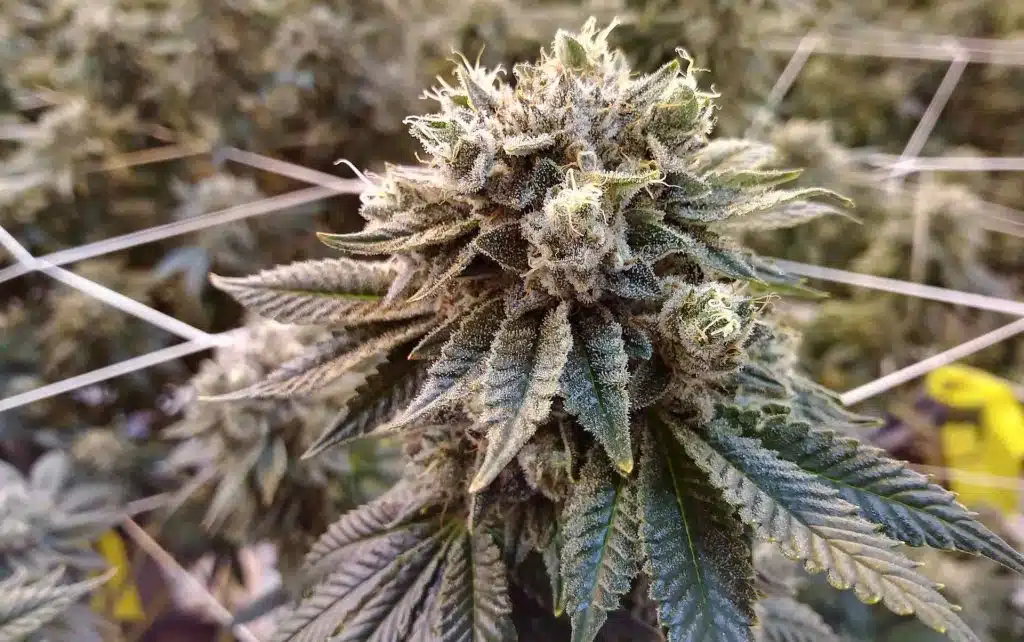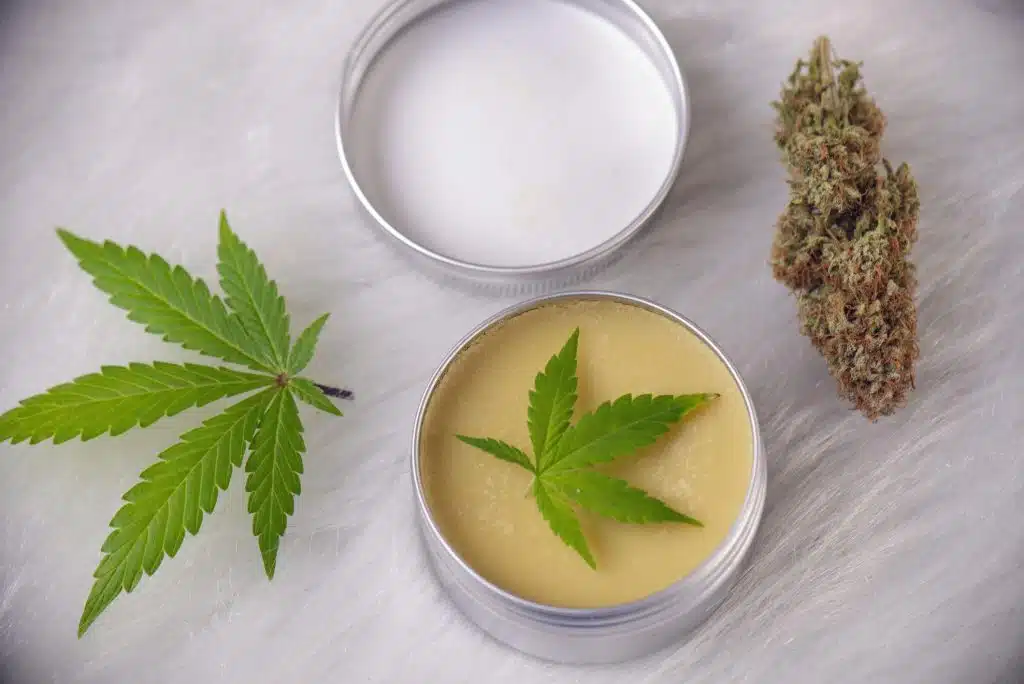How Cannabis May Affect Glioma Cells
Glioma is a type of cancer that starts in the brain or spinal cord, and it can be very difficult to treat. While there are traditional treatments available, such as surgery, chemotherapy, and radiation, these treatments can be harsh and can cause significant side effects. As a result, many patients are turning to alternative treatments, including cannabis, to manage their symptoms and potentially even treat their cancer.
There is some evidence to suggest that cannabis may have anti-cancer properties, and researchers are currently exploring the potential of cannabis as a treatment for glioma. One study published in the Journal of Neuro-Oncology found that THC, the primary psychoactive component in cannabis, was able to induce the death of glioma cells in vitro. This suggests that THC may be able to kill cancer cells and potentially even shrink tumors.
When it comes to cancer treatment, there are many different approaches that medical professionals can take. One area of research that has been gaining attention in recent years is the potential use of cannabis as a treatment option. In particular, researchers are exploring how cannabinoids – the active compounds in marijuana – may affect glioma cells, which are a type of brain cancer. Here, we’ll take a closer look at 10 subtopics related to this area of study.
1. The Basics of Glioma Cells
Before we dive into the potential impact of cannabis on glioma cells, it’s helpful to have a basic understanding of what these cells are. Gliomas are a type of cancer that originates in the brain or spinal cord. They arise from glial cells, which provide support and insulation for neurons. Gliomas can be either benign (non-cancerous) or malignant (cancerous), and they can vary in severity depending on the type and location of the tumor.
2. What Are Cannabinoids?
Cannabinoids are compounds found in cannabis that interact with the body’s endocannabinoid system. This system is involved in regulating a wide range of physiological processes, including appetite, pain sensation, mood, and inflammation. The two main cannabinoids in marijuana are tetrahydrocannabinol (THC) and cannabidiol (CBD).
3. How Do Cannabinoids Affect Glioma Cells?
Research suggests that cannabinoids may have anti-tumor properties and could potentially be used to treat gliomas. One study published in the journal Molecular Cancer Therapeutics found that THC was able to induce apoptosis (programmed cell death) in glioma cells. Another study, published in the journal Cancer Research, found that CBD was able to inhibit the growth and spread of glioma cells in culture.
4. Can Cannabis Help Manage Glioma Symptoms?
In addition to potentially treating the cancer itself, some patients with gliomas may also benefit from using cannabis to manage their symptoms. For example, marijuana has been shown to be effective at reducing nausea and vomiting in chemotherapy patients. It may also be useful for managing pain, anxiety, and other symptoms associated with cancer and cancer treatment.
5. The Risks and Benefits of Using Cannabis for Gliomas
While there is some evidence to suggest that cannabinoids may be useful in the treatment of gliomas, it’s important to note that there are also risks associated with using marijuana. For example, smoking marijuana can be harmful to the lungs and may increase the risk of respiratory infections. In addition, cannabis use can have psychoactive effects and may interfere with cognitive function.
6. Potential Drawbacks of Using Cannabis for Gliomas
Another potential drawback of using cannabis for gliomas is that it may interact with other medications that patients are taking. This is because marijuana can affect the way that the liver processes certain drugs. Patients considering using cannabis as a treatment option should talk to their doctors to make sure that it won’t interact negatively with any other medications they are taking.
7. Dosage Considerations for Cannabis Use
Determining the appropriate dosage of cannabis for glioma treatment can be challenging, as there is no one-size-fits-all approach. Factors that may influence the optimal dosage include the patient’s weight, the severity of their symptoms, and their individual response to the drug. Patients using cannabis for glioma treatment should start with a low dose and gradually increase it until they achieve the desired effects.
8. The Importance of Choosing a Reputable Dispensary
If you’re considering using cannabis as a treatment option for gliomas, it’s important to choose a reputable dispensary. West Coast Releaf Online Dispensary is one such dispensary that offers a wide range of high-quality cannabis products, including concentrates, edibles, vapes, tinctures, buds, shatter, hash, wax, live resin, and moon rocks. When choosing a dispensary, be sure to do your research and look for one that has a good reputation for quality, safety, and customer service.
9. Buying Cannabis Online
One of the benefits of using a dispensary like West Coast Releaf Online Dispensary is the ability to buy cannabis online. This can be especially helpful for patients who are unable to leave their homes or who live in areas where marijuana is not yet legal. When buying cannabis online, be sure to choose a reputable dispensary and to read product reviews to ensure that you’re getting high-quality, safe products.
10. The Future of Cannabis-Based Glioma Treatment
While research into the use of cannabis for glioma treatment is still in its early stages, there is growing interest in this area. In addition to THC and CBD, researchers are also exploring the potential of other cannabinoids, as well as different delivery methods, such as inhalation and topical application. As more research is conducted, we may gain a better understanding of how cannabis can be used to treat gliomas and other forms of cancer.
In conclusion, cannabis may hold promise as a potential treatment option for gliomas, but more research is needed to fully understand its benefits and risks. If you’re considering using cannabis for glioma treatment, it’s important to talk to your doctor and to choose a reputable dispensary like West Coast Releaf Online Dispensary. By doing so, you can ensure that you’re getting high-quality, safe products that may help to manage your symptoms and improve your quality of life.
Conclusion
If you are interested in buying weed online and THC products, check out West Coast Releaf online weed dispensary and shop for your weed online and cannabis products at westcoastreleaf.co!













